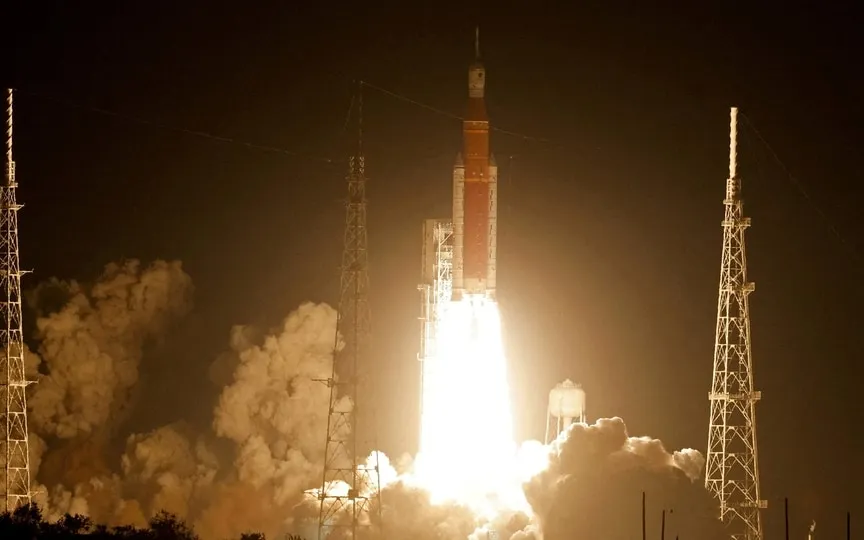Projected Increase in Worldwide Expenditure on Space Exploration Over the Next Five Years
According to a prominent space nonprofit, the global space economy experienced an 8% growth, reaching $546 billion in 2022. Furthermore, it is anticipated to witness a significant surge of 41% in the next five years.
The industry is expected to show resilience in the coming years, despite global economic uncertainty and the recent slowdown in space investment.
Companies are seeing continued revenue growth from commercial space assets, and governments around the world are increasing spending, according to a report by the Space Foundation, a Colorado Springs, Colorado-based spaceflight organization. The analysis looked at the expenditures of 51 governments and commercial revenues from companies in 11 subsectors of the space industry.
“The commercial space is a vital growth sector in the entire space economy,” Lesley Conn, director of research and digital programming at the Space Foundation, said in an interview. “Within five years, you’re definitely going to see a real acceleration and expansion of space and space assets.”
The revenue of aerospace companies increased to $427.6 billion in 2022, after a revised $396.2 billion in the previous year. A third of it came from infrastructure and supporting space operations, such as ground stations used for satellite communications. The rest came from space-based products, namely satellites. The single largest business was the sale of Position, Navigation and Timing (PNT) satellite data, which accounted for 39% of all commercial revenue.
According to the report, this flexibility partly reflects the long development times of space programs and the prevalence of public-private partnerships. These features help maintain funding even when the economy is uneven.
The growth in 2022 came despite the instability of venture capital, when the market reacted to the rise in interest rates and the availability of financing weakened for many startups. Private investment flows into space projects slowed to $20 billion last year from a record $47.4 billion in 2021, according to a separate report by Space Capital, a venture capital firm that invests exclusively in space-based technology.
Setting the pace for SpaceX
Commercial revenues grew hand in hand with the increase in orbital launches. A total of 186 launches were attempted in 2022, up from 145 the previous year, the Space Foundation said. There were 81 commercial launches, 50 of which were carried out by Elon Musk’s industry leader SpaceX. The company’s launch rate has increased significantly in recent years as it launches batches of its own Starlink satellites into space to provide global broadband Internet coverage to Earth.
Government spending on space programs rose 8 percent to a total of $119 billion last year, down from a 22 percent increase in 2021. The Space Foundation predicts the pace of public sector space spending will accelerate this year as nations seek to explore the moon and prioritize large satellite sights for military applications. NASA is moving forward with its Artemis program, which aims to send the first woman to the surface of the Moon. China also plans to bring people there.
The United States dominated civilian and defense spending in space, accounting for nearly 60 percent of total spending. China was second with a 14 percent share, according to the Space Foundation’s analysis, which was based on a GDP calculation that estimated the country’s space spending. The European Space Agency ranked third with 5 percent of the total. Although these three have been the top players for some time, more countries are participating in space spending than in the past.
“Not only are governments in space increasing their spending, but more and more nations are joining and becoming part of space,” said Conn, noting that about 92 countries now have satellites in orbit.




